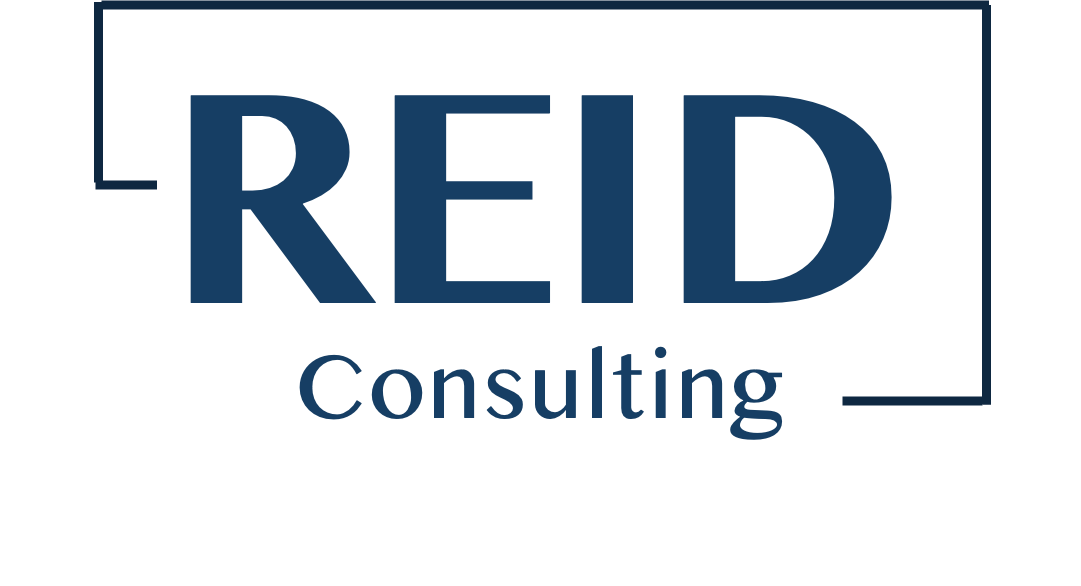Effective Communication: Essential for Success
Effective communication is not just beneficial; it is essential for project success. The interplay between contractors, architects, and project owners relies heavily on clear and open channels of communication. When these channels are well-established, they expedite the resolution of issues, maintain a cohesive project team, and ultimately contribute to the successful completion of a project. Conversely, poor communication can lead to misalignment, increased risks, and project failure.
Building Strong Communication Channels
Establishing clear communication channels is paramount. Such channels facilitate the flow of information among all stakeholders, ensuring everyone is on the same page. This involves regular meetings, written reports, and the use of project management tools that encourage transparency. Each party brings unique insights and expertise to the table. By fostering a collaborative environment, teams can harness these varied perspectives to create innovative solutions and push the project forward.
Modern technology plays a crucial role in enhancing communication. Tools like project management software, digital platforms for sharing designs, and instant messaging apps enable real-time collaboration. These technologies allow team members to share updates, address challenges, and provide feedback efficiently, reducing the time it takes to reach resolutions.
Benefits of Effective Communication
Issue Resolution: One of the primary benefits of strong communication is the expedited resolution of issues. Design and construction projects often encounter unexpected challenges, whether due to design discrepancies, unforeseen site conditions, or material delays. When teams communicate effectively, they can quickly identify problems and collaborate on solutions, minimizing downtime and keeping the project on track.
Enhanced Collaboration: Effective communication fosters a culture of collaboration. When all stakeholders feel comfortable sharing their thoughts and concerns, it leads to better brainstorming and more innovative solutions. This collective effort can result in design enhancements that might not have been possible in a less communicative environment.
Risk Minimization: Miscommunication can lead to significant risks, including costly errors and delays. By maintaining clear and open lines of communication, project teams can identify potential risks early on and address them proactively. This reduces the chance of misunderstandings that could lead to rework, budget overruns, and extended timelines.
Stronger Relationships: Building strong communication within the project team contributes to positive relationships. Trust and respect grow when team members feel heard and valued. This camaraderie can lead to a more motivated and engaged workforce, ultimately influencing the project’s success.
Informed Decision-Making: Effective communication ensures that all stakeholders have access to relevant information, enabling informed decision-making. When architects, contractors, and owners share insights and updates, they can make decisions grounded in the most current data, facilitating smoother project execution.
The Risks of Inadequate Communication
On the flip side, inadequate communication poses substantial risks. Poor dialogue can lead to misunderstandings, mistakes, and a lack of cohesion among team members. This not only results in costly rework but can also cause project delays that jeopardize deadlines and budgets. Additionally, conflicts may arise due to unclear roles and responsibilities, leading to frustration and a toxic work environment.
Moreover, without effective communication, the project owners may not be fully informed about the project's progress or potential issues, which can lead to distrust in the team. This disconnect can further complicate the project and hinder progress, making it crucial to prioritize and develop communication strategies from the outset.
Effective communication is a cornerstone of success, it facilitates quick issue resolution, fosters collaboration, minimizes risks, and builds strong relationships. By investing in communication practices and leveraging technology, teams can navigate challenges with agility, ensuring projects are completed “as expected”. Emphasizing the need for ongoing communication not only enhances project outcomes but also cultivates a positive, productive environment where all stakeholders can thrive.
